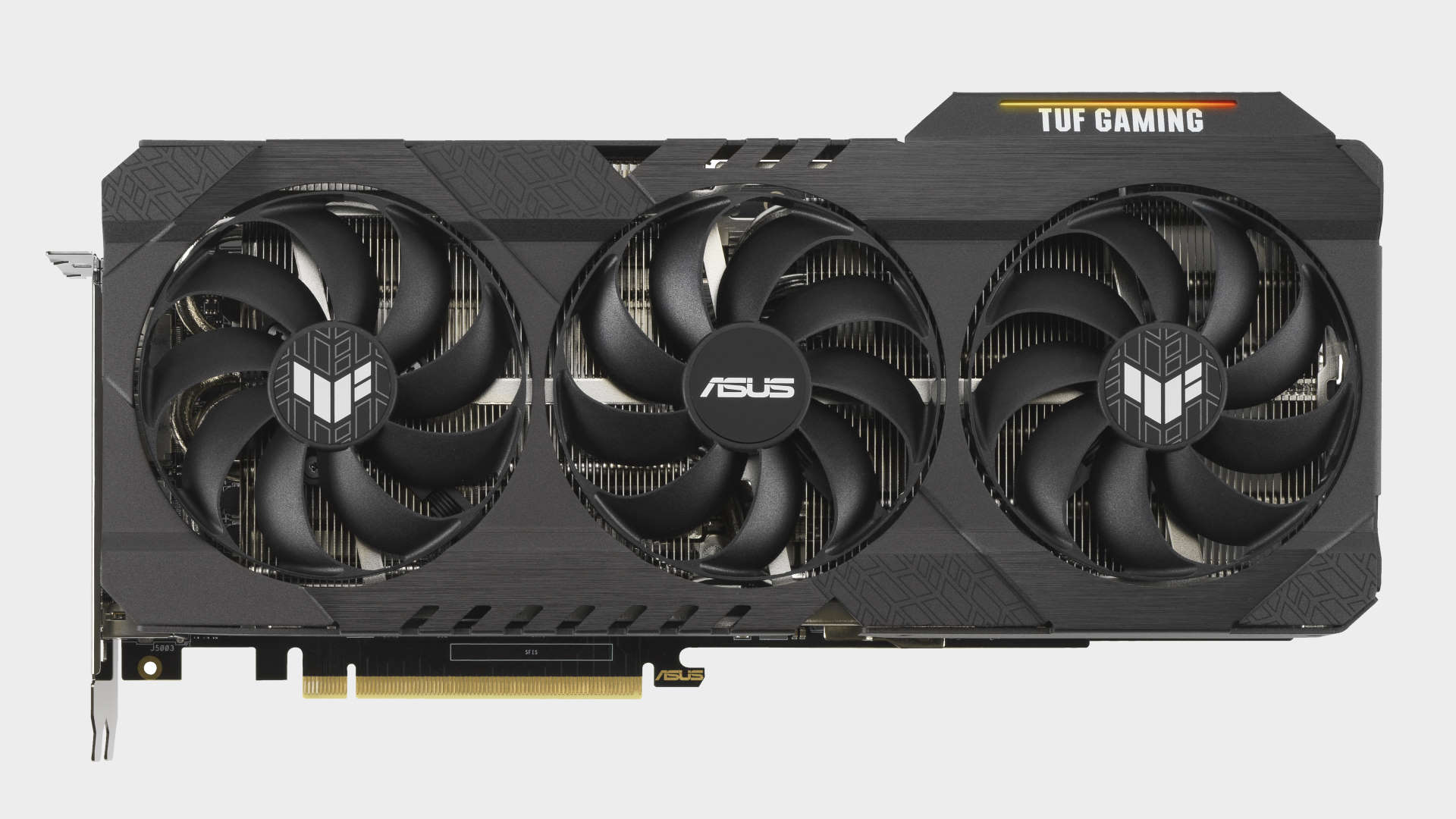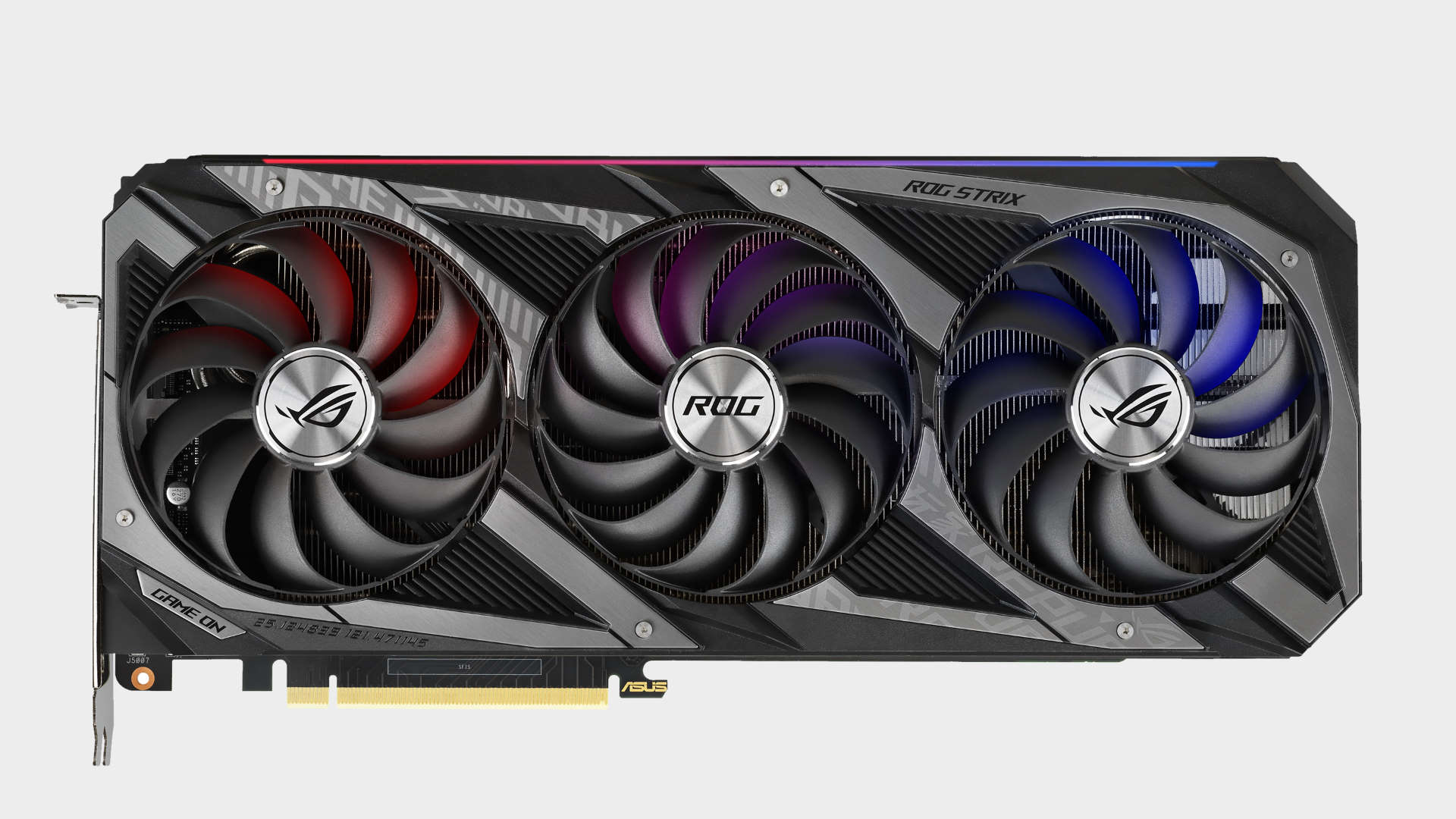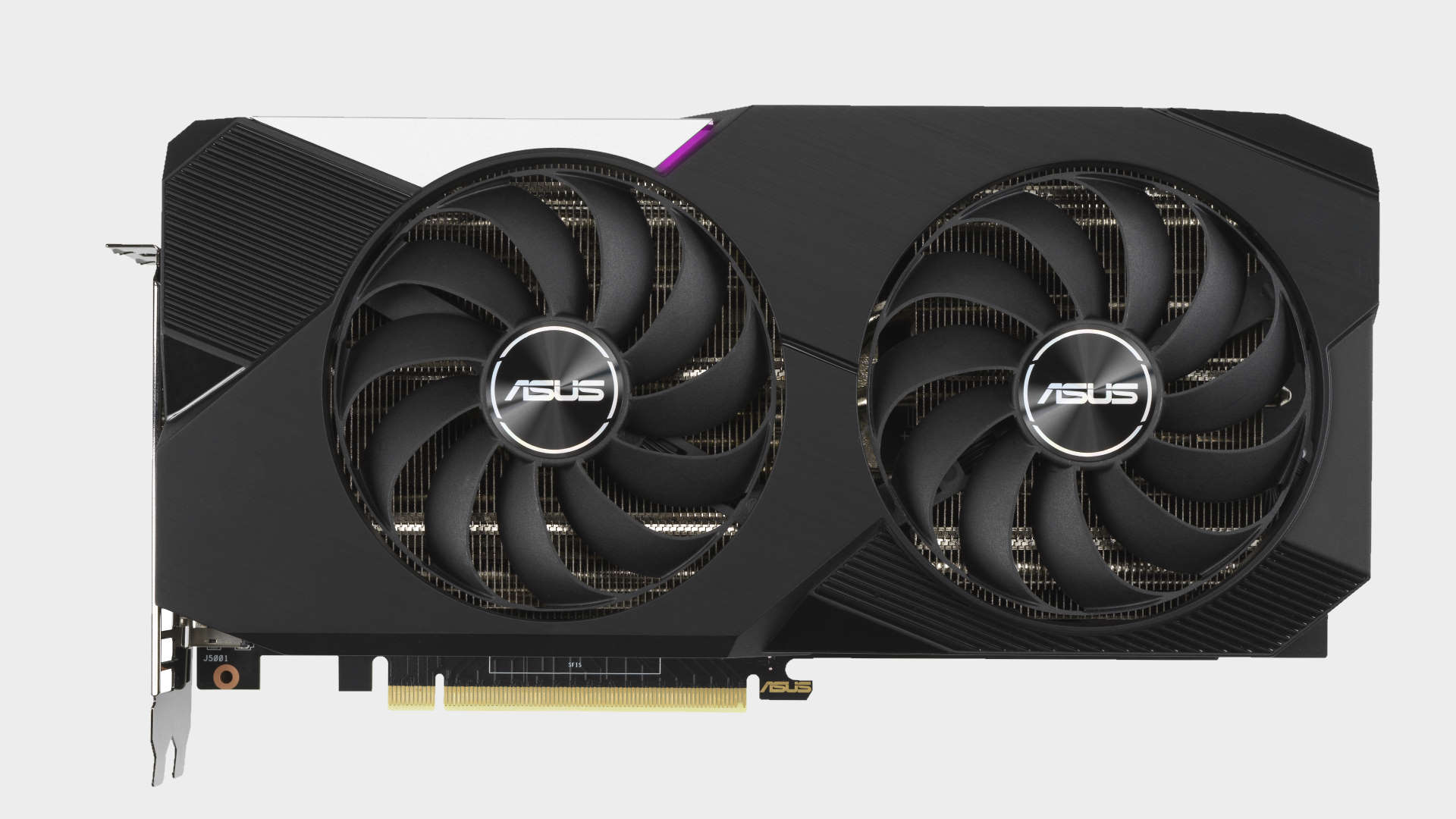Asus made its new ROG Strix cards 400W behemoths to give Nvidia Ampere room to breathe
Only the ROG Strix and TUF lineups are getting the flagship and Titan-esque Nvidia Ampere GPUs.

Asus hosted a Republic of Gamers event today to piggbyback off the excitement of Nvidia's Ampere unveiling, revealing a bunch of new ROG goodies including graphics cards, monitors, keyboards, and high-quality gaming headsets. Obviously the new RTX 3090, RTX 3080, and RTX 3070 cards are the big news, and Asus has several models with different designs and cooling.
Asus showed new 30-series models under its ROG Strix, TUF, and Dual graphics card ranges. Both the ROG Strix and TUF lines will get all three of the new Ampere cards, while the lower-cost Dual is only going to be rolling out with the RTX 3070.
Presumably that's because the smaller dual-fan design doesn't quite have the cooling chops to cope with the beefy GPUs that the RTX 3090 and RTX 3080 possess. The ROG Strix is a 2.9-slot card (I guess so Asus can absolutely say it's not a triple slot device), to cope with the increased airflow necessary, and the TUF shroud is likely to take up at least a 2.6-slot design, while I expect the Dual is going to remain resolutely dual-slot.
If I'm honest, the thing I'm looking forward to most from the new Asus cards is the middle fan of the ROG Strix cards spinning in the opposite direction! Asus claims this is for better airflow, and that "turbulence between fans is reduced thanks to a reversal of the center fan’s rotational direction." Definitely want to get some RGB highlights on that.


Asus ROG Strix RTX 3090



Nvidia's redesigned cooler and Asus' new Strix design both show that cooling needs to be seriously on point for these graphics cards. The ROG Strix uses three 8-pin power connectors, and can pull up to 400 watts. The TUF and Dual cards stick to a dual 8-pin power draw. Asus is backing Nvidia's claim of 1.9x performance-per-watt over the last-gen graphics cards, so as power-hungry as Ampere might be, we should be getting much higher framerates out the other side.
On its ROG website, Asus says these aren't its only new designs. It has more 30-series cards coming, "including a handy Turbo design that exhausts hot air directly from cases. It’s perfect for small-form-factor builds or enclosures that can use a helping hand in keeping system temperatures in check. Stay tuned."
Asus hasn't listed any pricing for its own Ampere cards, but Nvidia has the RTX 3090 starting out at $1,499, the RTX 3080 at $699, and the RTX 3070 at $499. I have a feeling the ROG Strix RTX 3090 is going to be one frighteningly expensive GPU.
Keep up to date with the most important stories and the best deals, as picked by the PC Gamer team.

Dave has been gaming since the days of Zaxxon and Lady Bug on the Colecovision, and code books for the Commodore Vic 20 (Death Race 2000!). He built his first gaming PC at the tender age of 16, and finally finished bug-fixing the Cyrix-based system around a year later. When he dropped it out of the window. He first started writing for Official PlayStation Magazine and Xbox World many decades ago, then moved onto PC Format full-time, then PC Gamer, TechRadar, and T3 among others. Now he's back, writing about the nightmarish graphics card market, CPUs with more cores than sense, gaming laptops hotter than the sun, and SSDs more capacious than a Cybertruck.

